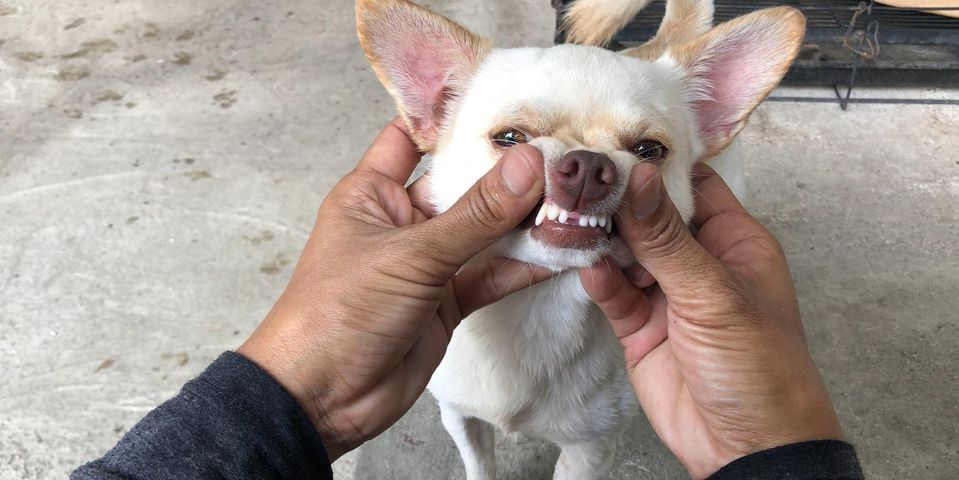
As a pet owner, you strive to keep your furry friend healthy and happy. While you may enjoy purchasing toys and treats for your pet to boost their energy levels, keeping an eye on their oral health is just as important. In fact, 75% of dogs and cats over 3 years old are diagnosed with gum disease due to a lack of proper dental care. To help you protect your beloved companion’s smile, here are five signs it’s time to visit a pet dentist.
How to Tell If Your Pet Requires Dental Care
1. Bad Breath
Bad breath is usually a sign that your pet needs more frequent dental cleanings. Even a mild odor suggests that bacteria are trapped in your pet’s mouth—usually underneath the gumline—while a stronger smell similar to rotten eggs could indicate gum disease.
2. Stained Teeth
If you notice brown or yellow stains on the back of your pet’s teeth or around the gumline, schedule a dental cleaning as soon as possible. These stains indicate tartar build-up, which can only be removed by a veterinarian or pet dentist.
3. Loose or Broken Teeth
A pet’s tooth may become loose or broken when bacteria eat away at the binding that holds the tooth in place or when your pet chews on something too hard. In either case, loose and broken teeth increase their risk of infection, which can spread to the rest of the body when not promptly treated by a veterinarian.
4. Oral Infection
 Pets who have trouble chewing or who refuse to eat hard foods may have an oral infection or inflammation, which can indicate gum disease. An infection may also occur when your pet chews on something sharp that cuts part of the gums, allowing bacteria to enter. Typically, the infection will cause red, swollen, or bleeding gums.
Pets who have trouble chewing or who refuse to eat hard foods may have an oral infection or inflammation, which can indicate gum disease. An infection may also occur when your pet chews on something sharp that cuts part of the gums, allowing bacteria to enter. Typically, the infection will cause red, swollen, or bleeding gums.
5. Drooling & Pawing
Excessive drooling or pawing at the face may indicate a dental abscess, which forms when bacteria enter a tooth’s exposed root canal. The canal usually becomes exposed when a pet chews something hard. An abscess can also be caused by bacteria from gum disease. It usually forms on one of the carnassial teeth or the upper fourth premolar and causes swelling and redness on the surrounding gumline as well as discoloration on the surrounding teeth. A pet dentist must drain the abscess, typically after extracting the affected tooth.
To keep your furry friend’s teeth and gums in excellent condition, turn to the pet dentists at Pet Health Clinic in Daleville, VA. Using state-of-the-art technology, the team provides a variety of dental care services, including teeth cleanings, extractions, X-rays, and oral surgery. Learn more about their services online and call (540) 992-4550 to schedule an appointment.
About the Business
Have a question? Ask the experts!
Send your question

